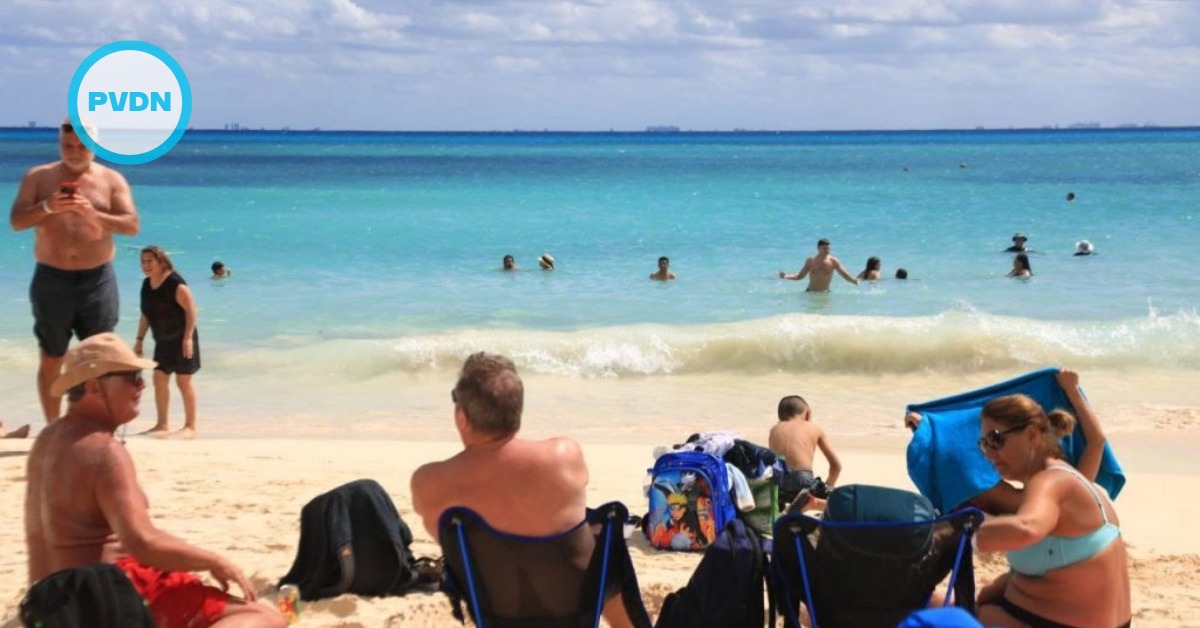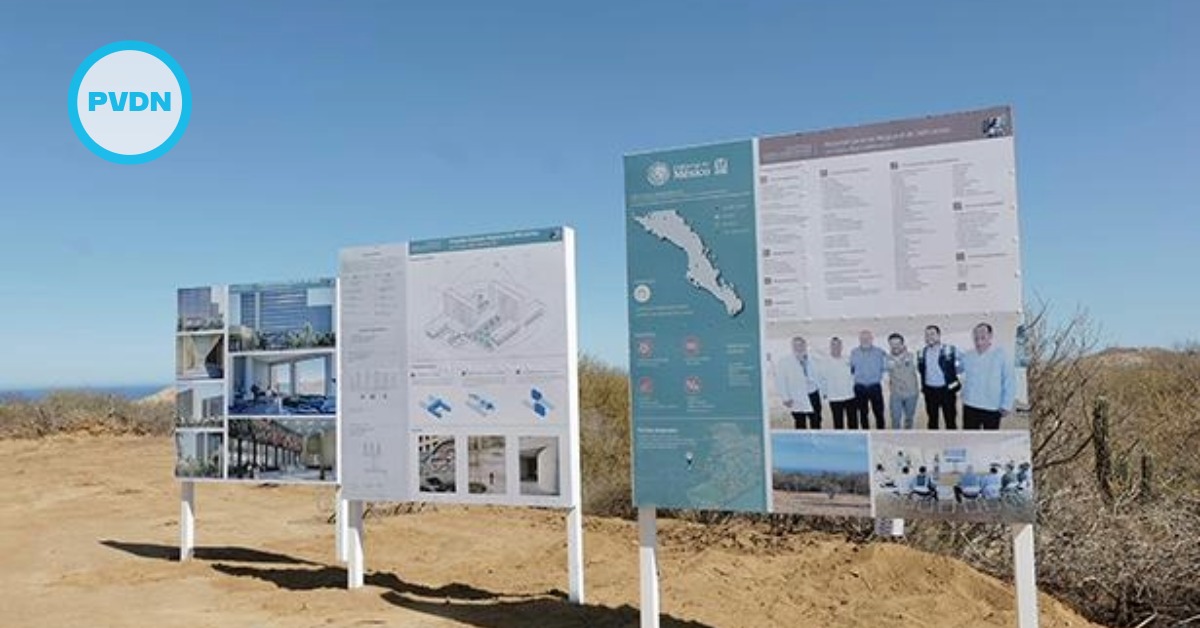Colorful scenes of daily life in Puerto Vallarta, embodied in the unmistakable naive style of the painter Manuel Lepe Macedo, give new life to the pillars of the vehicular bridge on Ignacio L. Vallarta avenue that connects the Centro and Emiliano Zapata neighborhoods.
The work was carried out by Luz Marcela Lepe Quiroz, daughter and custodian of the legacy of the illustrious Vallarta native, with the support of the artist Luis Enrique Pérez Lepe, at the request and with funding from the Puerto Vallarta municipal government, through the Vallarta Institute of Culture (IVC).
Initially . . .






